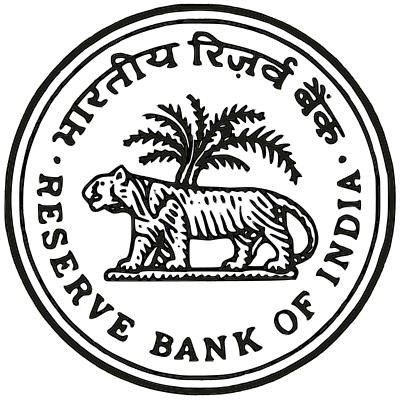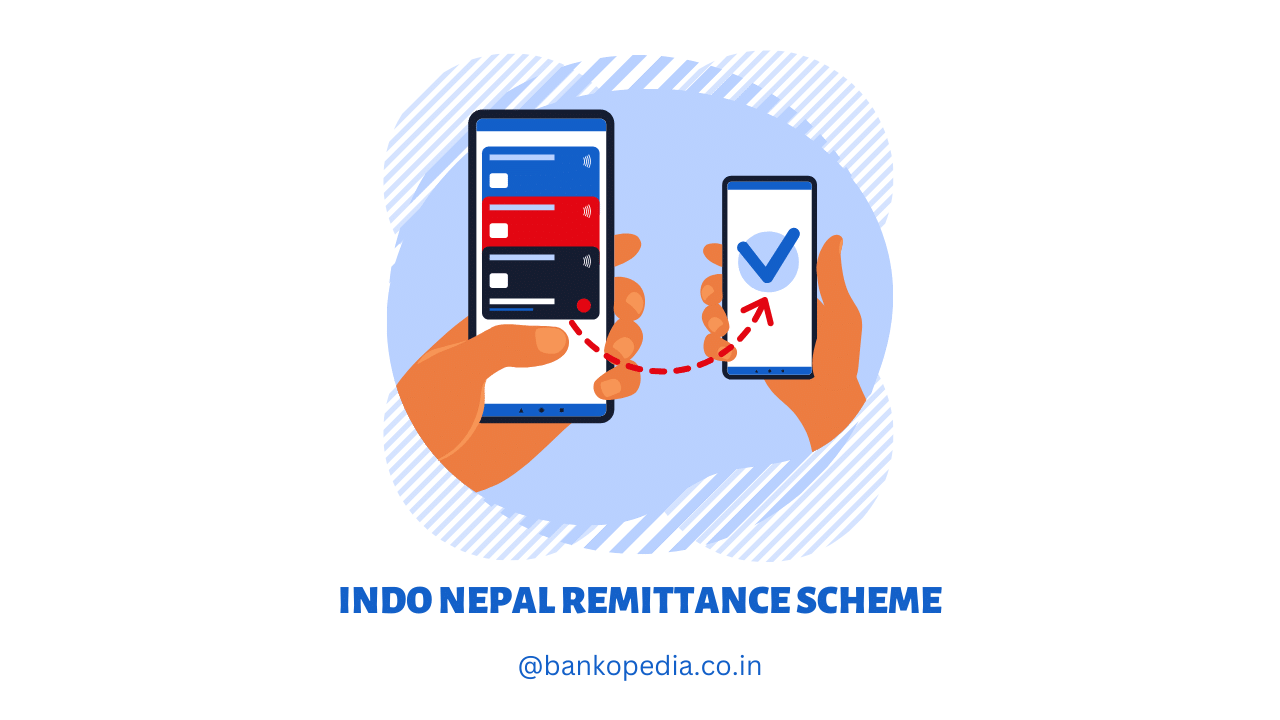Table of Contents
Introduction to VRRR
The Variable Reverse Repo Rate (VRRR) is a significant monetary policy instrument used by the Reserve Bank of India (RBI) to effectively manage liquidity and influence short-term interest rates in the Indian banking system. VRRR represents the interest rate at which the RBI borrows funds from commercial banks for varying durations, typically in the slots of 7, 14 and 28 days.
Join our Telegram Channel for Daily PDF in your Inbox – Click Here

How VRRR Works
The RBI sets the VRRR higher than the reverse repo rate but lower than the repo rate to attract surplus funds from banks, thereby regulating the liquidity in the market. For instance, if the reverse repo rate is 3.35% and the repo rate is 4.00%, the RBI might set the VRRR at 3.75%. The central bank conducts periodic VRRR auctions, where banks submit bids indicating the amount they wish to lend to the RBI and the desired interest rate. The RBI then determines the cut-off rate and the amount to be absorbed based on these bids, with banks whose bids meet or exceed the cut-off rate being awarded the funds at the interest rate determined by market dynamics.
Impact of VRRR on Financial Markets
1. Money Market Impact
VRRR rates directly influence overnight money market rates, including call money, Collateralized Borrowing and Lending Obligation (CBLO), and market repo rates. As VRRR rates increase, money market rates also rise, reflecting tighter liquidity conditions. For example, if the VRRR rate increases from 3.75% to 4.00%, the call money rate might rise from 3.80% to 4.05%, indicating a tightening of liquidity in the money market.
2. Bond Market Influence
Higher VRRR rates lead to increased bond yields, indicating elevated borrowing costs and reduced demand for bonds. This relationship between VRRR and bond yields highlights the interconnectedness of various financial markets. For instance, if the VRRR rate rises by 25 basis points, the 10-year government bond yield might increase from 6.00% to 6.15%, reflecting the higher borrowing costs and reduced demand for bonds.
3. Banking Sector Effects
VRRR auctions present both opportunities and challenges for the banking sector. Higher VRRR rates allow banks to earn more on their surplus funds deposited with the RBI, enhancing their profitability. For example, if Bank B places Rs. 500 crore in a 7-day VRRR auction at a rate of 3.75%, it will earn an interest of approximately Rs. 36 lakh (Rs. 500 crore × 3.75% × 7/365). However, this also means that banks have less funds available for lending and investment purposes, requiring them to strike a balance between securing returns and managing liquidity through participation in VRRR auctions.
Numerical Example Demonstrating VRRR Effects
Let’s consider a hypothetical scenario to illustrate the effects of VRRR on the banking sector and money market rates.
Suppose the RBI conducts a 14-day VRRR auction with a cut-off rate of 4.5%, and Bank A successfully bids for Rs. 1,000 crore at this rate. As a result, Bank A will earn an interest of approximately Rs. 1.73 crore (Rs. 1,000 crore × 4.5% × 14/365) from the RBI for the 14-day period.
However, this also means that Bank A has Rs. 1,000 crore less available for lending and investment purposes during this period. Consequently, if the demand for credit remains high, the reduced liquidity may lead to an increase in short-term money market rates, such as the call money rate or CBLO rate, as banks compete for the available funds. For instance, the call money rate might increase from 4.55% to 4.70%, reflecting the tighter liquidity conditions in the money market.
Conclusion
The Variable Reverse Repo Rate (VRRR) serves as a crucial tool for the RBI to regulate liquidity, influence short-term interest rates, and maintain stability in the Indian banking system. Through periodic VRRR auctions, the RBI effectively manages the delicate balance between liquidity and interest rates, while banks navigate the trade-offs between profitability and liquidity management. Understanding the mechanics and implications of VRRR is essential for stakeholders in the Indian financial system to make informed decisions and adapt to the evolving monetary policy landscape.












2 thoughts on “Variable Reverse Repo Rate (VRRR) – Introduction”